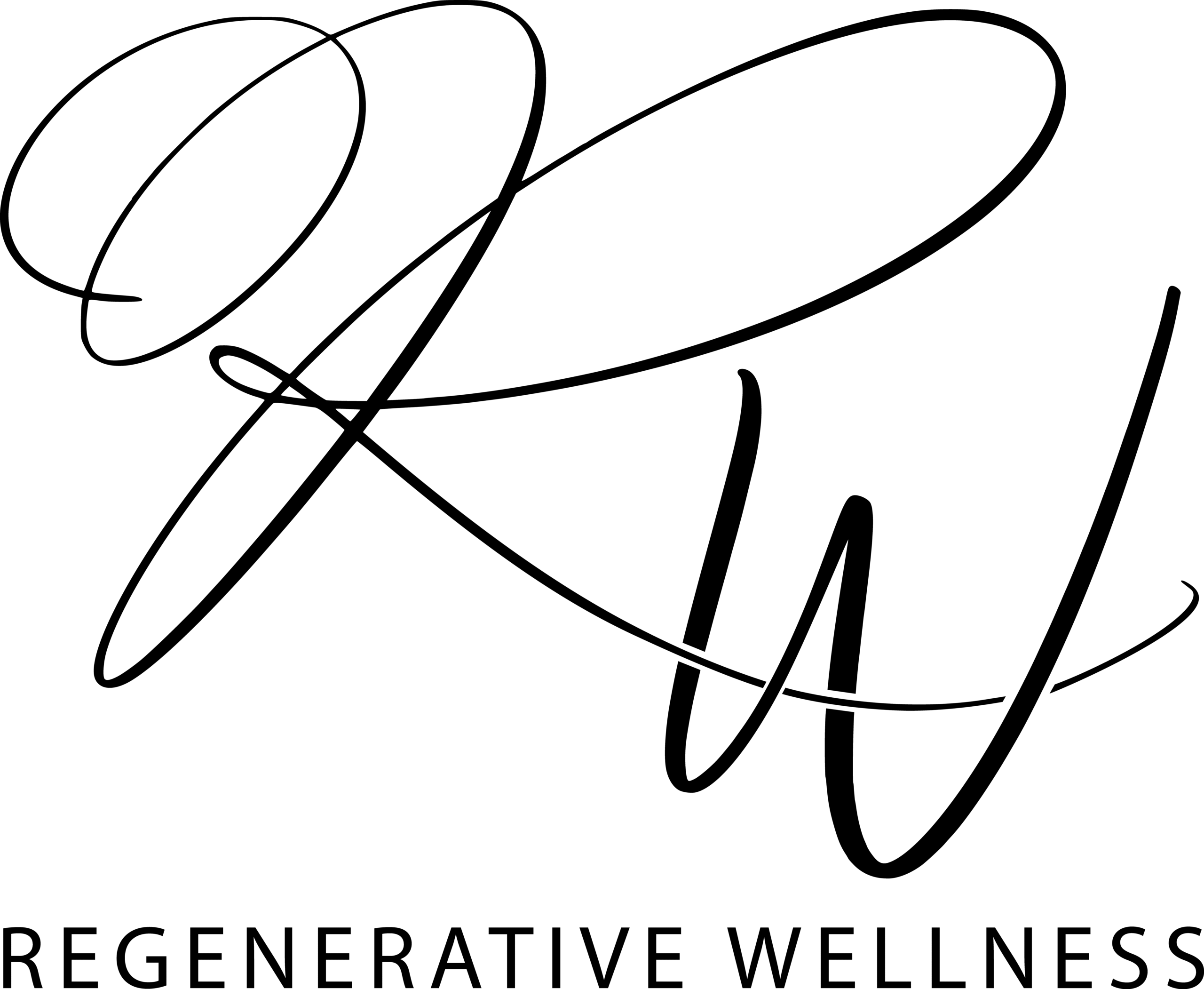Carrot Seed Oil
What Is It?
Carrot seed oil is a potent, antioxidant-rich oil extracted from the seeds of the Daucus carota plant. It is known for its skin-rejuvenating, anti-aging, and healing properties, making it a valuable ingredient in natural skincare formulations. This oil is often used for reducing the appearance of fine lines, improving skin tone, and protecting against environmental damage.
Important Note: Carrot seed oil is not the same as carrot oil, which is typically an infusion of carrot root in a carrier oil.
INCI (International Nomenclature of Cosmetic Ingredients)
Daucus Carota Sativa (Carrot) Seed Oil
Proper Storage & Shelf Life
Storage: Store in a cool, dark place in an airtight container, away from heat and sunlight. Refrigeration can help extend shelf life.
Shelf Life: 1–2 years if stored properly.
Refined Or Unrefined
Unrefined (Cold-Pressed): Golden yellow to amber colour, earthy scent, retains full bioactive properties.
Refined: Lighter in colour and milder in scent, but loses some beneficial compounds.
Is It Necessary?
Not essential, but highly beneficial in anti-aging, scar-healing, and skin-repairing formulations. Ideal for serums, face oils, and sunscreens due to its high antioxidant content.
Texture & Consistency
Light to medium-weight oil, absorbs at a moderate rate, leaving a silky finish on the skin.
Natural Scent Profile
Earthy, woody, slightly spicy aroma
Solubility & Compatibility
Insoluble in water
Soluble in oils, butters, and oil-based formulations
Works well in serums, facial oils, balms, and anti-aging creams
Benefits In Your Skincare
Rich in antioxidants (beta-carotene & vitamin E) – protects against free radicals
Helps improve skin elasticity & firmness
Supports natural collagen production
Soothes dry, irritated, and inflamed skin
Reduces the appearance of scars & hyperpigmentation
Contains natural UV-protective properties (not a sunscreen replacement)
PH
Around 4.5–6 (gentle and skin-friendly).
Absorbency Rate
Medium to Slow (rich and nourishing, takes some time to absorb but deeply conditions the skin).
Recommended Usage Rate
Facial Serums & Moisturisers: 0.5%–5%
Anti-Aging Creams & Oils: 1%–10%
Sunscreen & After-Sun Care: 1%–5%
Massage & Body Oils: 5%–15%
Appearance
Unrefined: Golden to amber colour, rich texture
Refined: Lighter yellow, thinner consistency
Strengths
✅ Powerful skin-regenerating & anti-aging oil
✅ High in antioxidants & skin-protective compounds
✅ Soothes dry, damaged, and mature skin
✅ Gentle & well-tolerated by most skin types
Weaknesses
❌ Strong earthy scent – may need dilution with other oils
❌ Best used in small amounts – can be too rich for oily skin
❌ Can stain fabric due to its natural colour
❌ Expensive compared to other carrier oils
Alternative Ingredients/ Substitutions
Rosehip Oil: Excellent for scar healing & skin repair, lightweight.
Sea Buckthorn Oil: High in antioxidants & omega fatty acids, great for mature skin.
Argan Oil: Lightweight, deeply nourishing, and anti-aging.
Best Practices
Blend with lighter oils (e.g., jojoba, argan) for better absorption.
Use in small amounts in face formulations due to its richness.
Mix with essential oils (e.g., frankincense, lavender) to balance scent.
Store in a cool place to maintain potency and prevent oxidation.
Tips & Tricks
For anti-aging benefits: Blend with rosehip oil & vitamin E for a rejuvenating facial serum.
For scars & dark spots: Mix with tamanu oil and apply as a targeted treatment.
For sun protection support: Add a few drops to sunscreen or after-sun care products.
For a healthy glow: Mix into a body oil with coconut & jojoba oil for radiant skin.
Recommended Starter Amount
Personal Use: 30ml–100ml
